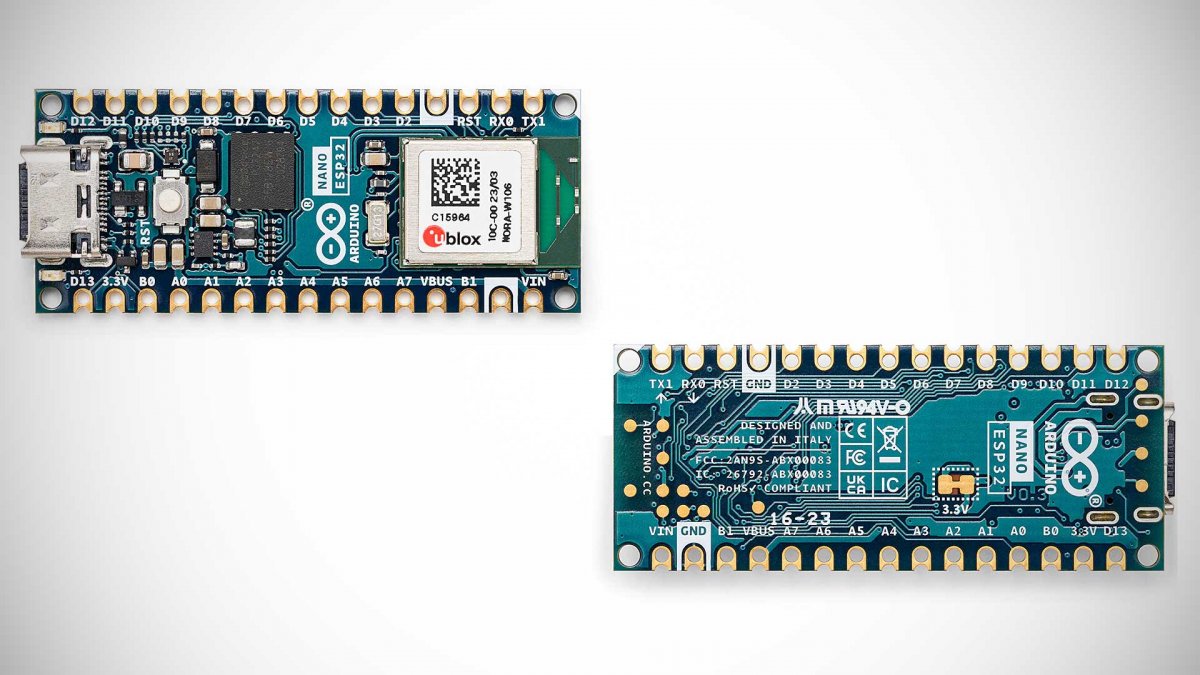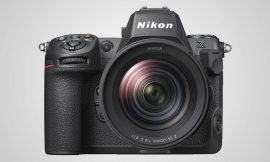The Arduino Nano ESP32 is a new offering from Arduino, featuring the popular ESP32 microcontroller. This nano format board comes with built-in Wi-Fi/Bluetooth, 8 MB internal Flash, 16 MB external Flash, 512 kB RAM, USB-C (HID capable), and an RGB LED. It is priced at 18 euros in the Arduino Shop.
The Nano ESP32 is part of a family of pin-compatible Nano boards. The range of boards includes the classic Nano with ATMega328, the Nano Every with ATMega4809 operating at 5V, as well as boards with nRF52840, RP2040, and now ESP32 microcontrollers operating at 3.3V. It’s important to note the voltage compatibility when replacing an older Nano, as using 5V peripherals with a 3.3V Nano could damage the chip.
The Nano ESP32 operates at 3.3V but can be powered at 5V through USB-C or 6-12V via an onboard voltage regulator. At its heart, the Nano ESP32 features a u-blox® NORA-W106, an ESP32-S3 microcontroller running at speeds of up to 240MHz.
The board is compatible with the Arduino IDE V2, which allows users to debug the code using the single-step debugger without the need for additional hardware. In addition to Arduino code, the board officially supports MicroPython. The practical form factor makes it suitable for both breadboards and circuit board projects. Furthermore, the board is well-documented by Arduino, providing users with extensive information.
For IoT projects, the Nano ESP32 can be connected to the Internet via the Arduino cloud or other providers. This, along with the board’s documentation and compatibility, makes it a preferable choice over boards from generic Far East suppliers. According to the Arduino FAQ, the code should be compatible and able to run on ESP32 baseboards.
Overall, the Arduino Nano ESP32 offers a powerful and versatile option for various projects, combining the convenience of the Nano form factor with the capabilities of the ESP32 microcontroller.



